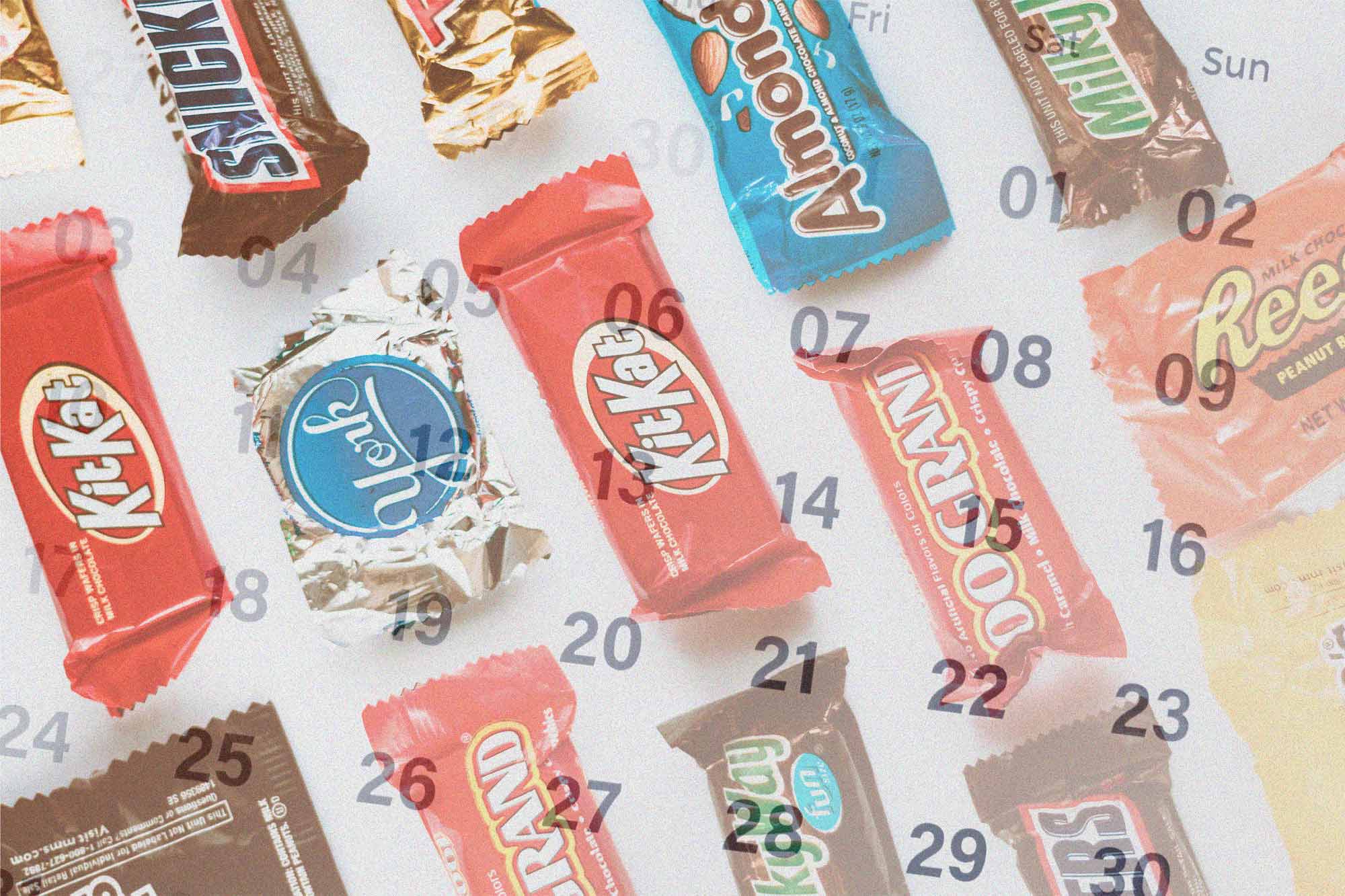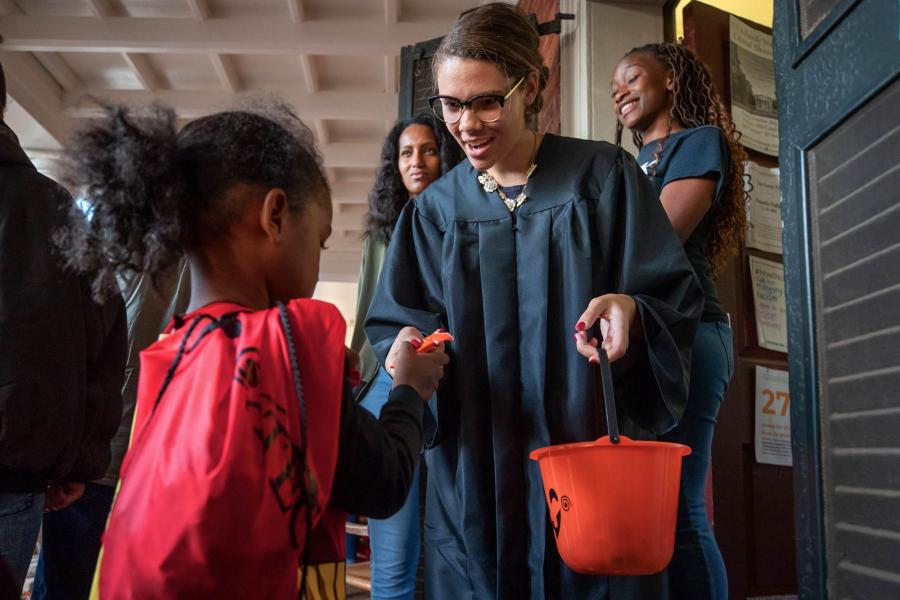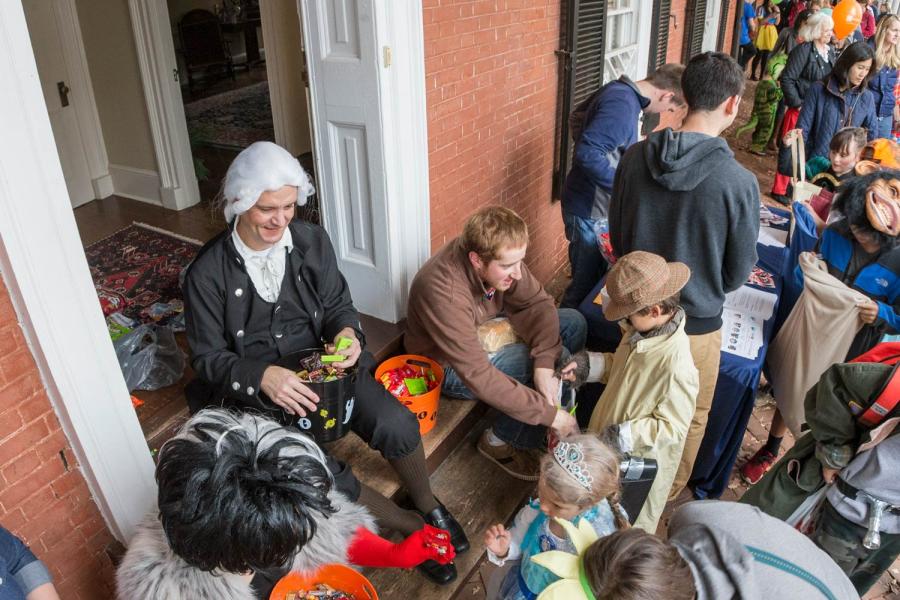Baucells, a professor at the University of Virginia’s Darden School of Business, has expertise in several areas, including decision analysis. In 2020, he, along with Lin Zhao of the Chinese Academy of Sciences, completed a research project titled “Everything in Moderation: Foundations and Applications of the Satiation Model.”
It’s a detailed exploration of a consumer’s “satiation point.” In other words, once you satisfy yourself with enough of something, like food, what happens? Once you pass your satiation point, Baucells’ research states, “The consumer experience actually drops due to excessive intensity and duration of consumption.”
One example from the study: “No matter how much you like kayaking or golfing, booking a six-day vacation will not be as enjoyable as booking two separate three-day vacations; and if you go for six days, going out only four or five days may prove more enjoyable.”
Ever wonder why high-end restaurants serve dinner in moderate portions? It’s to “avoid over-satiation and ensure the enjoyment of dessert,” says the study.
On trick-or-treat night, however, avoiding heavy, instant intake can seem impossible as costumed kids roam the neighborhood eager to fill their pillowcases with candy. It’s only natural for them to want to consume all they can the moment they get home.
Parents, here’s where Baucells can help.
Delayed Gratification
A night of trick-or-treating is going to lead to candy overload. The key is communicating to a child the value in spacing out consumption.
“People have a hard time denying gratification,” Baucells said, “and in saying, ‘No, you cannot have candy.’ But something that people accept easily is delaying gratification and saying, ‘No, you will eat it later.’ Instead of saying, ‘Don’t eat it,’ say, ‘You will eat it at some other time.’
“On the one hand, you will enjoy it more because your satiation level for candy will have dropped by then. Also, it’s something that will cause less conflict with the kids as opposed to telling them not eat it.”
There’s a life lesson here.
“It’s way to teach self-control – delaying gratification, saving for the future,” Baucells said. “You can use Halloween as a moment of teaching, like how to consume resources in the optimal manner.”
Gobbling up all the resources early means there is nothing left for a time of need. And, in the case of candy, Baucells said, you won’t fully enjoy it if you’re already full from it.
“Self-control or thinking about the future – at the end of the day, this is one of the main things that we need to teach our kids,” he said.





